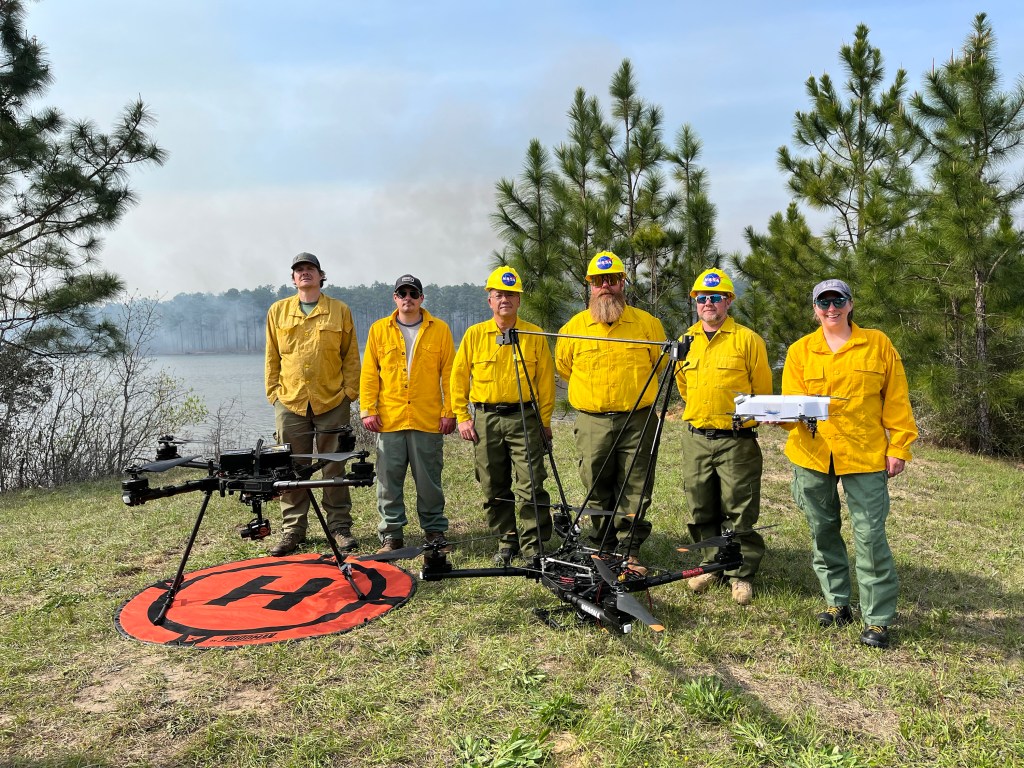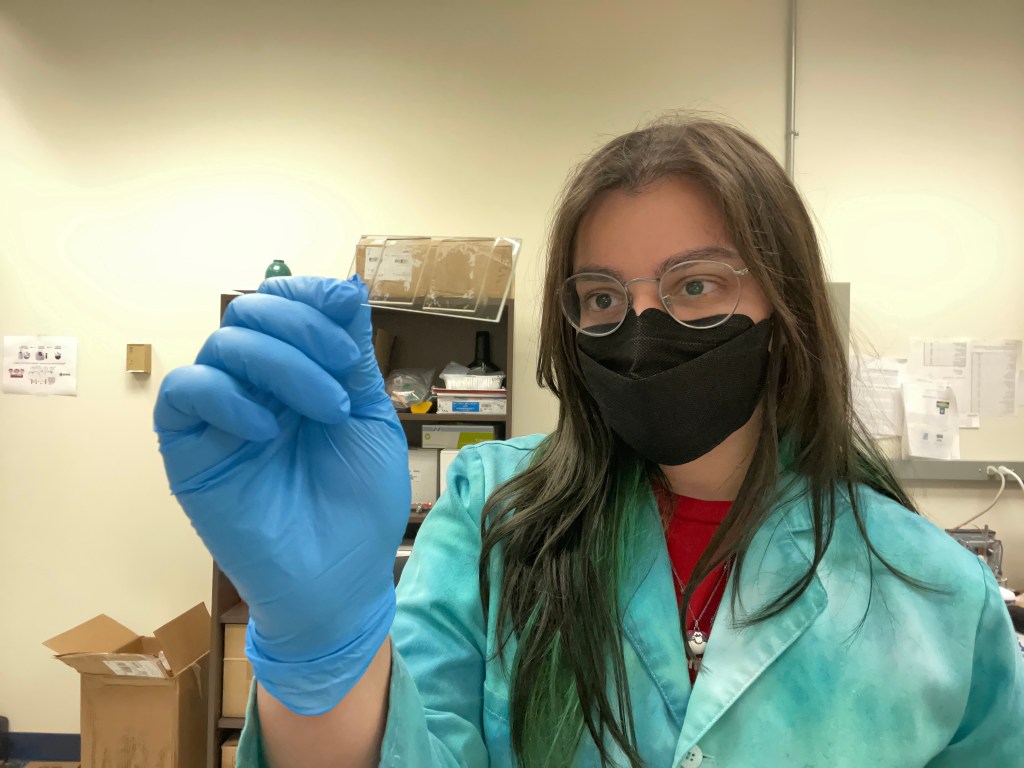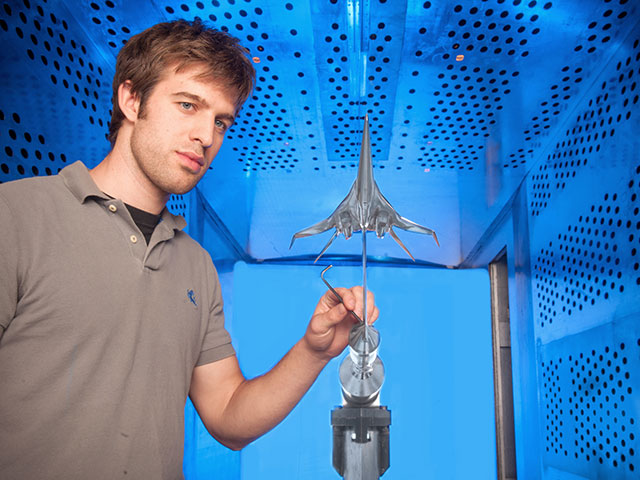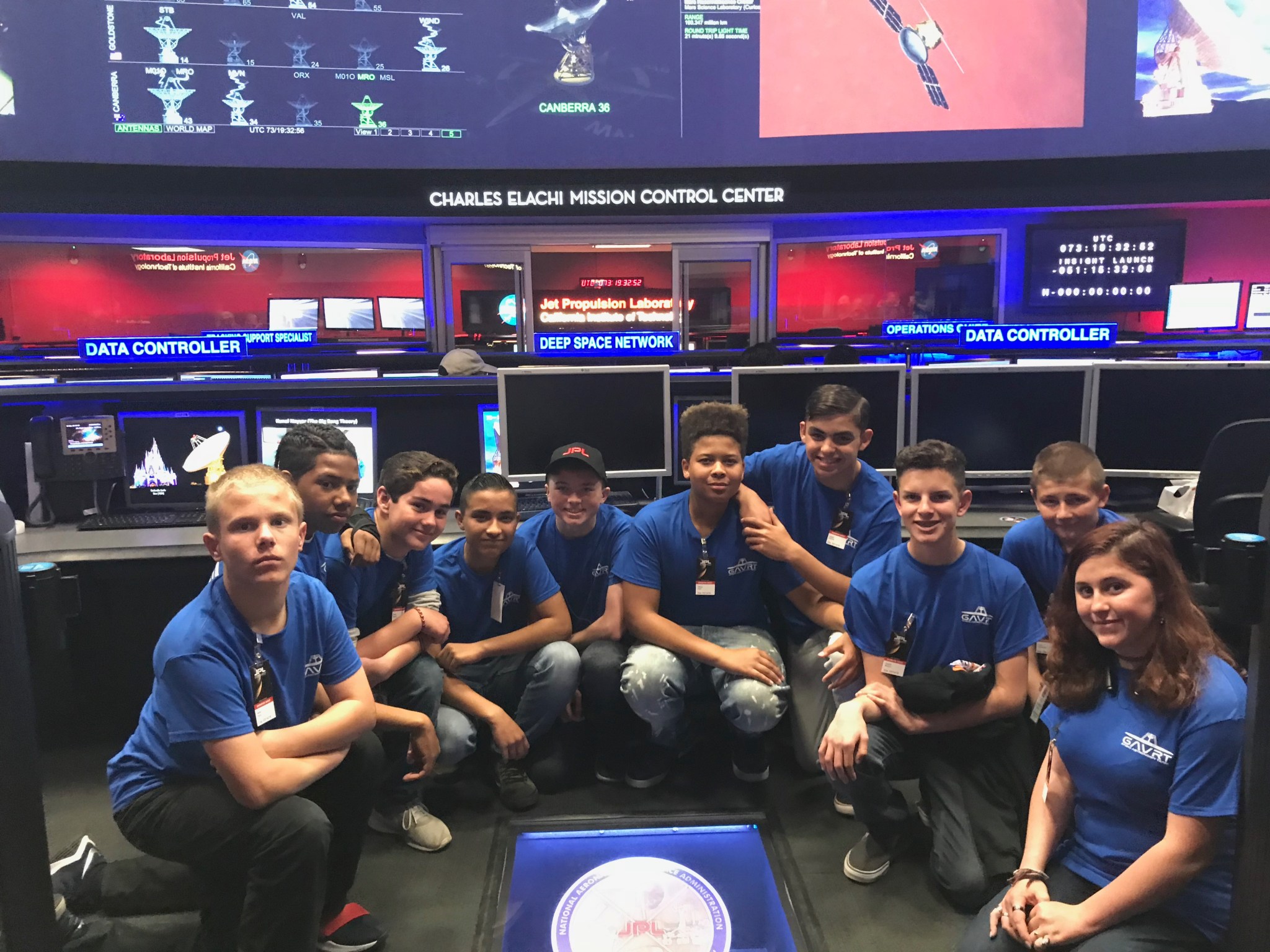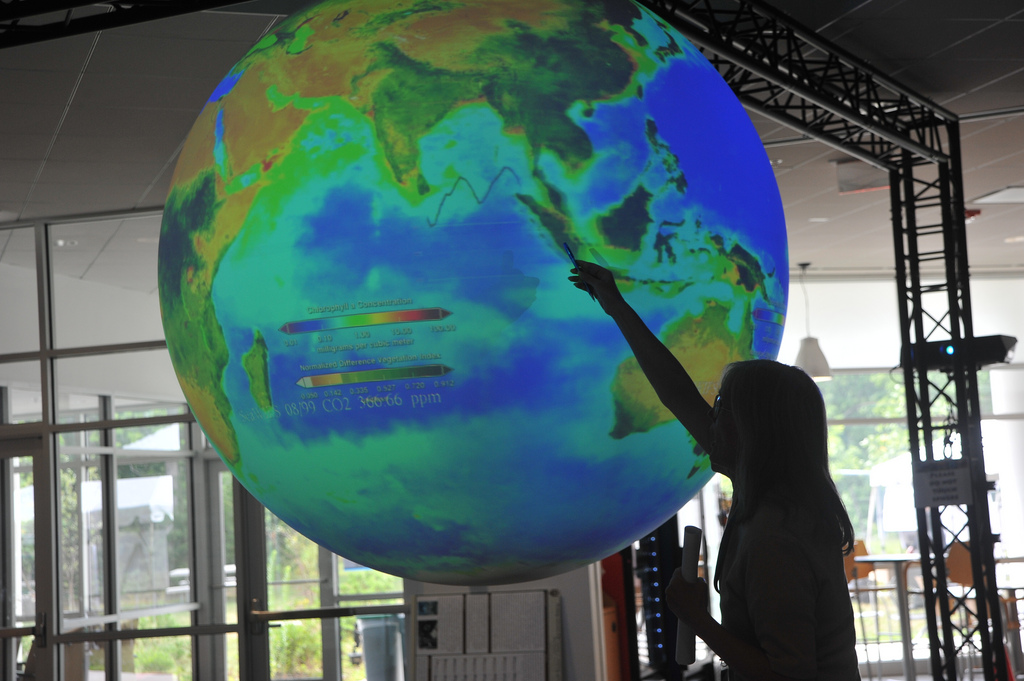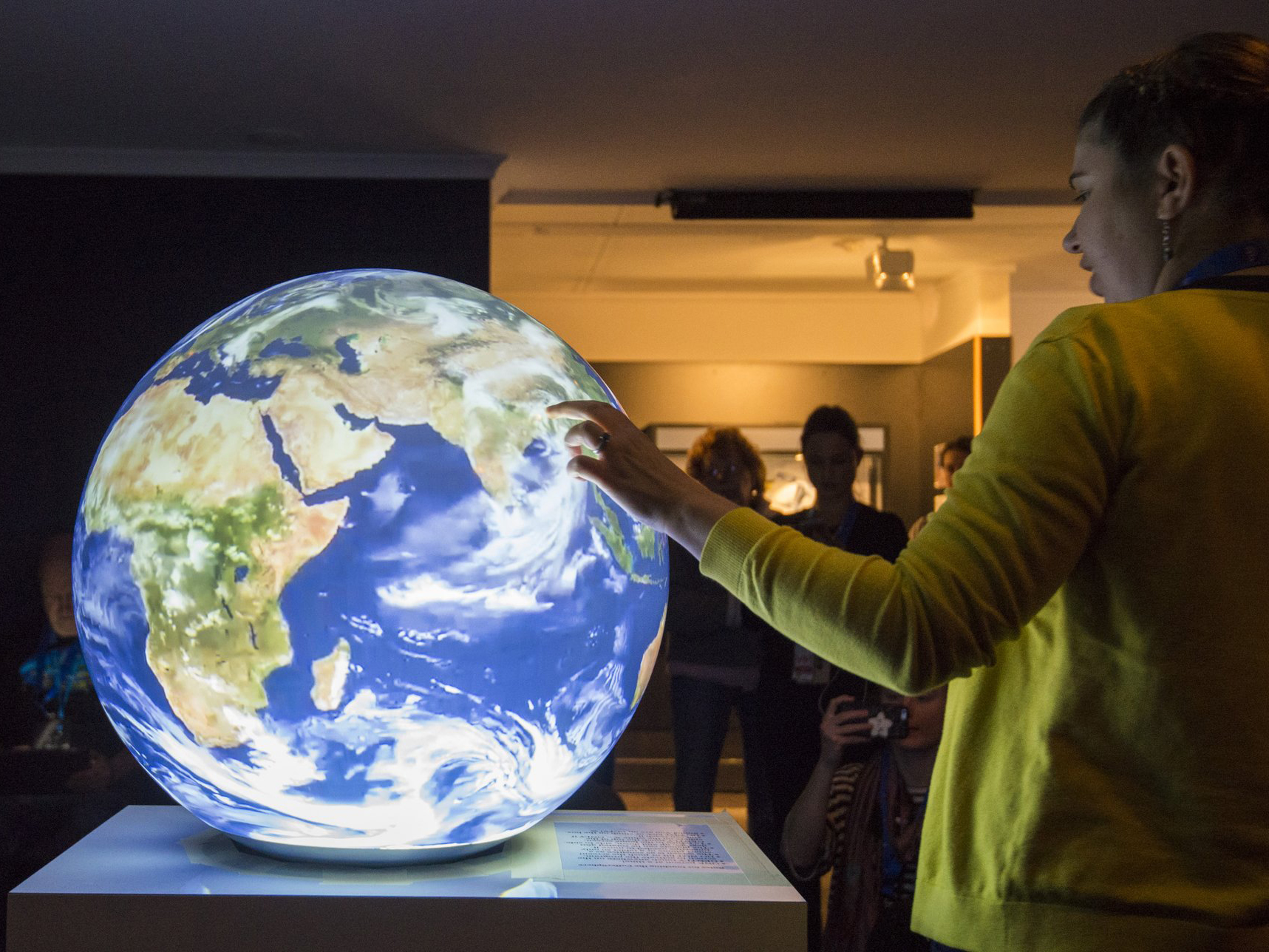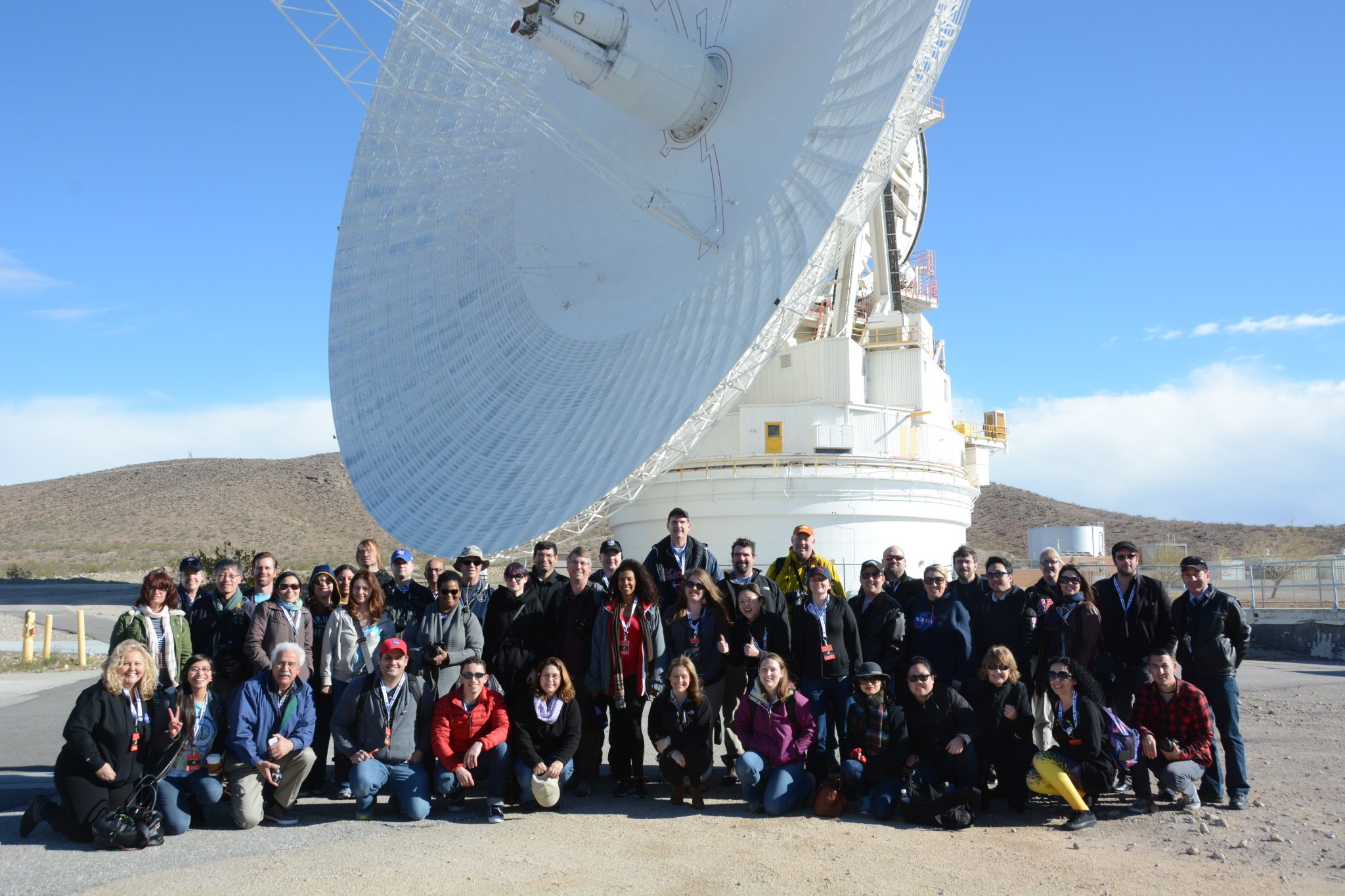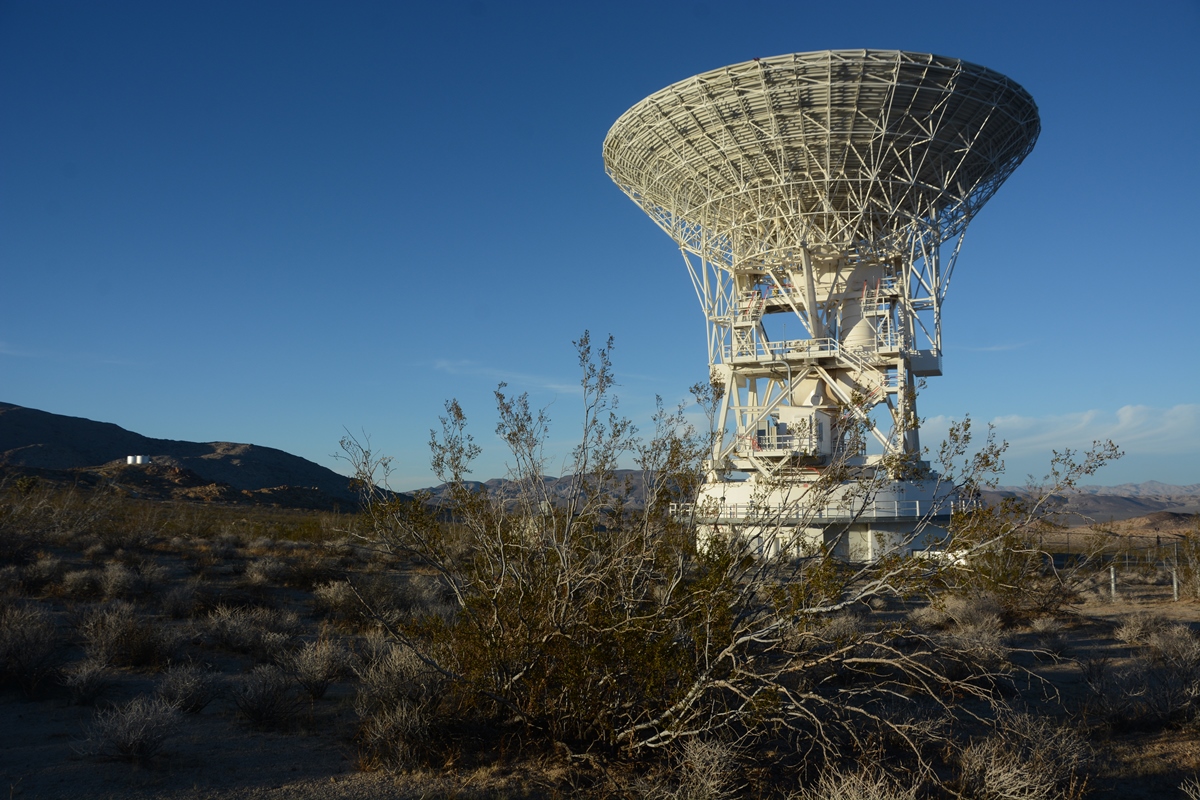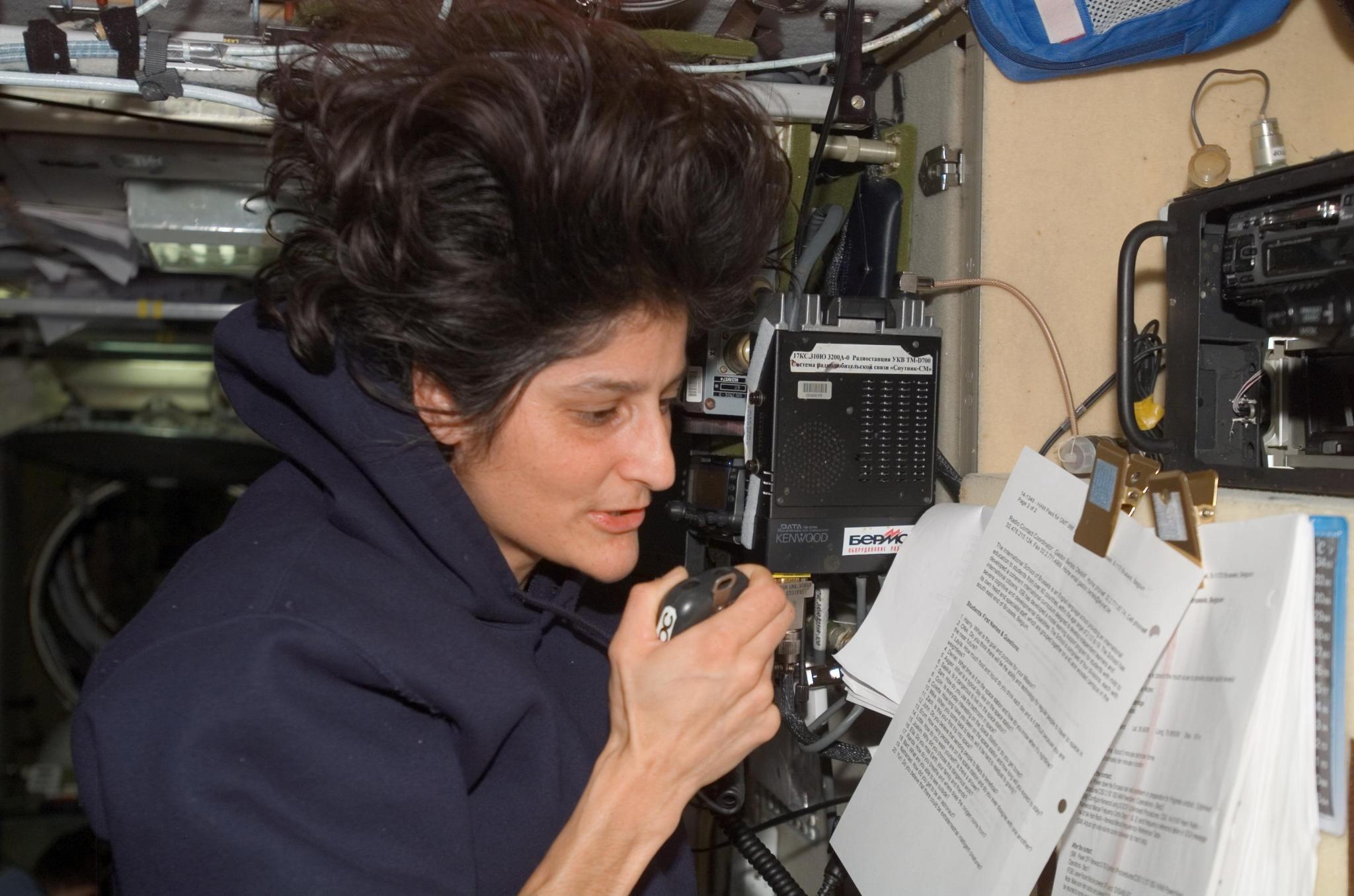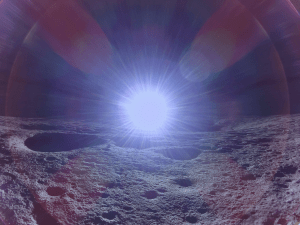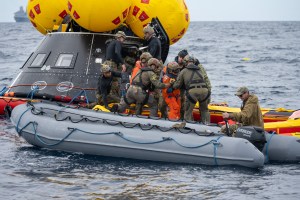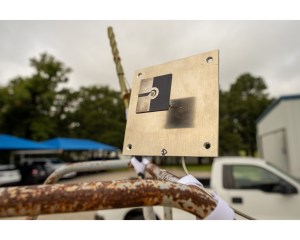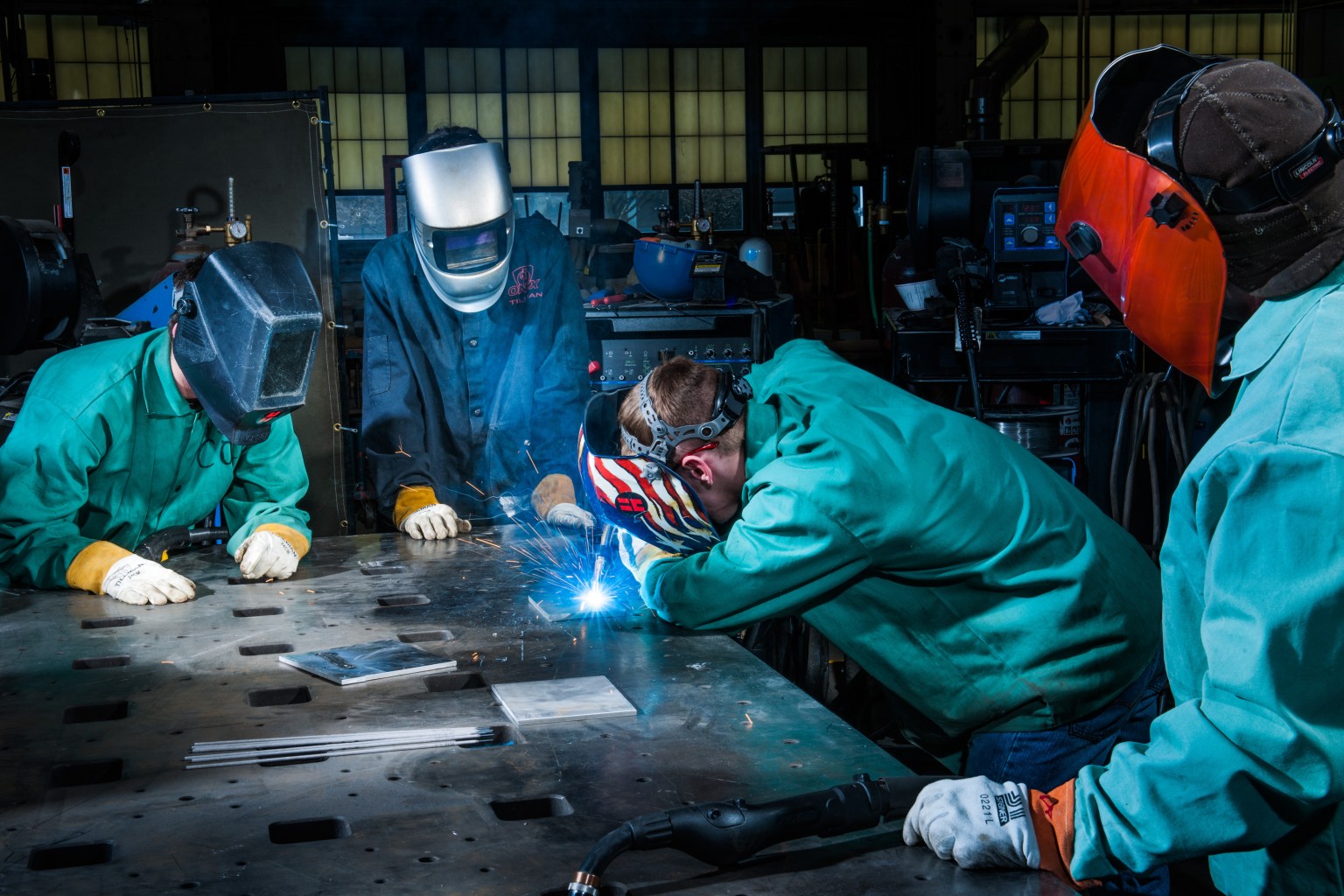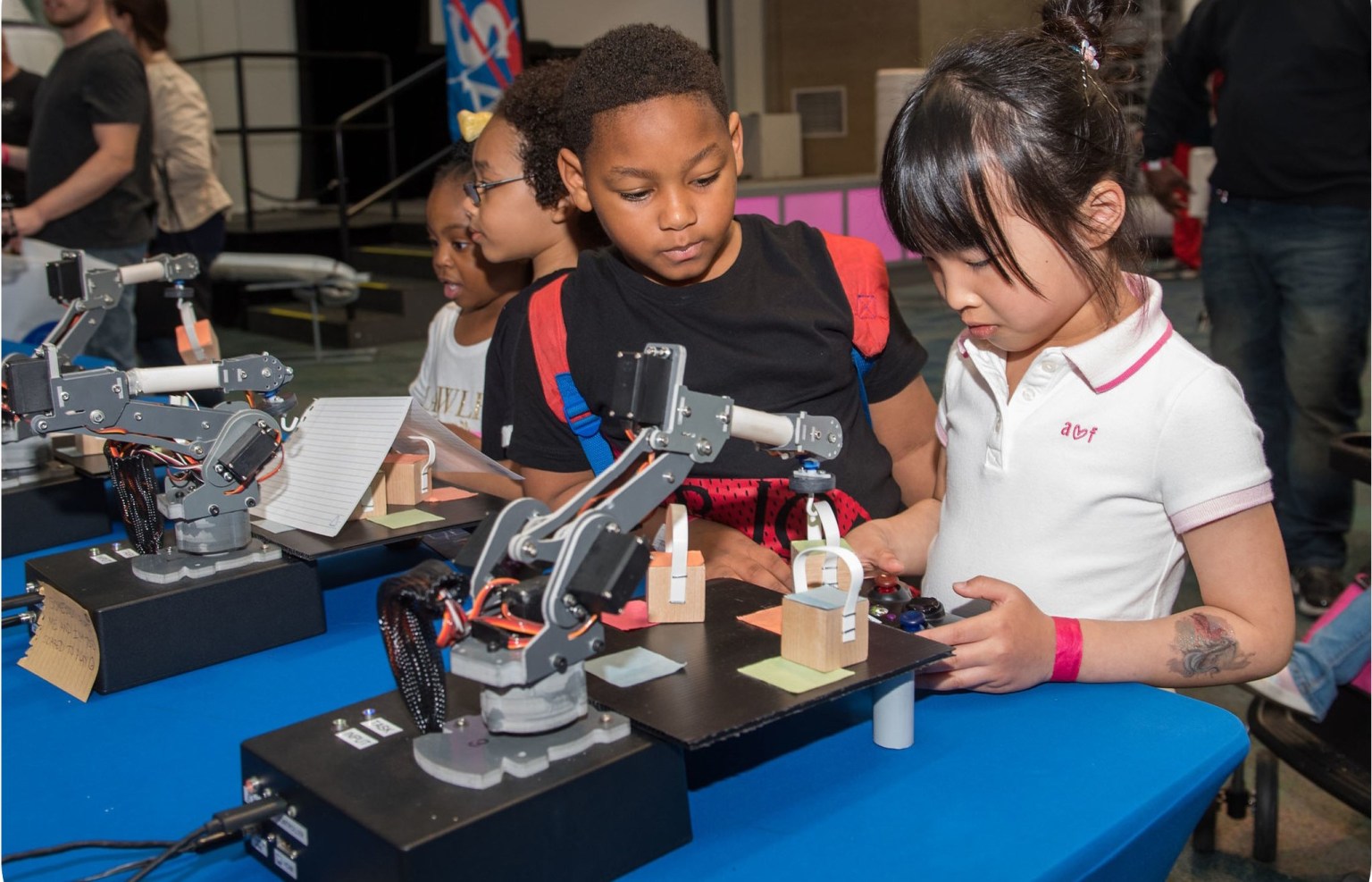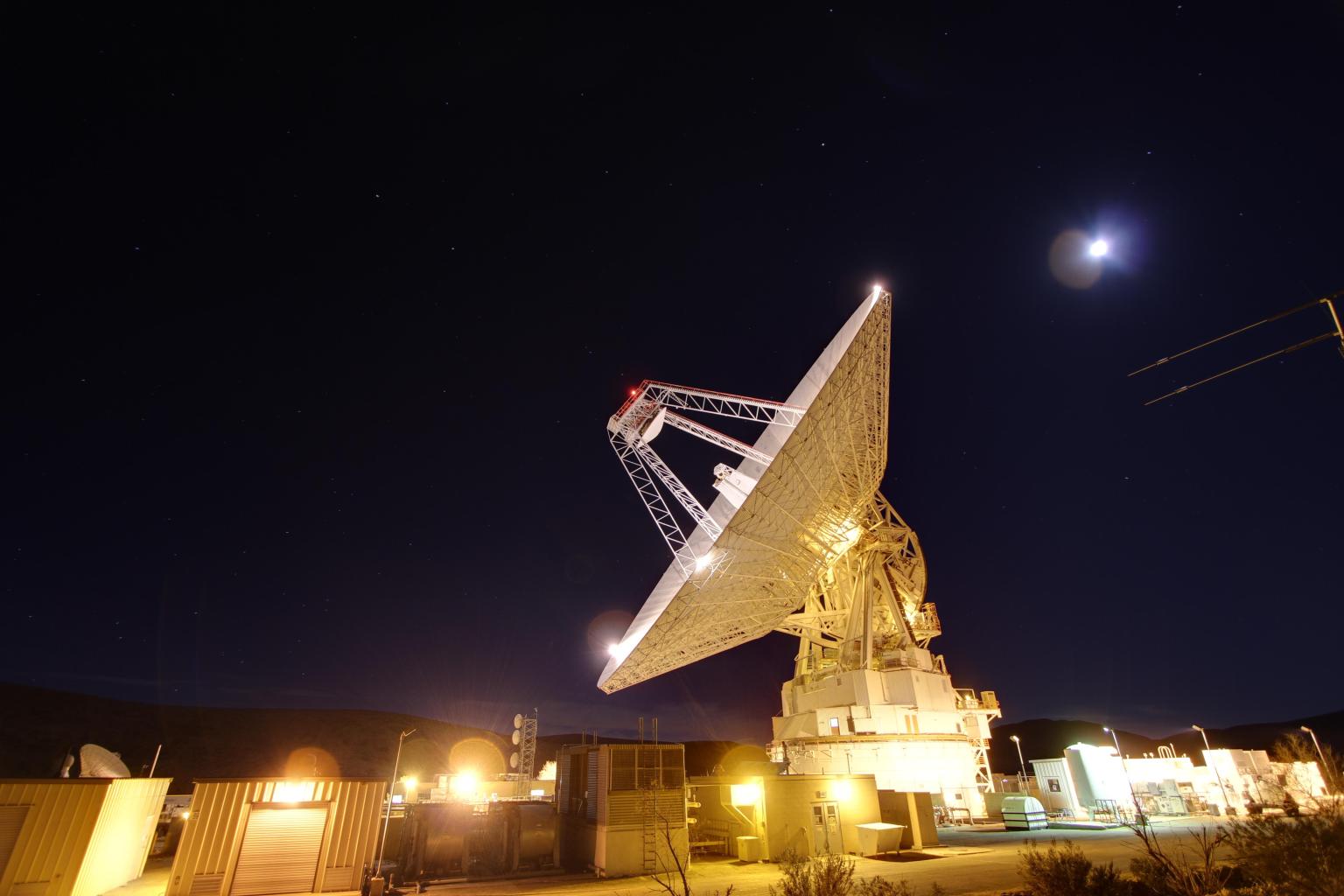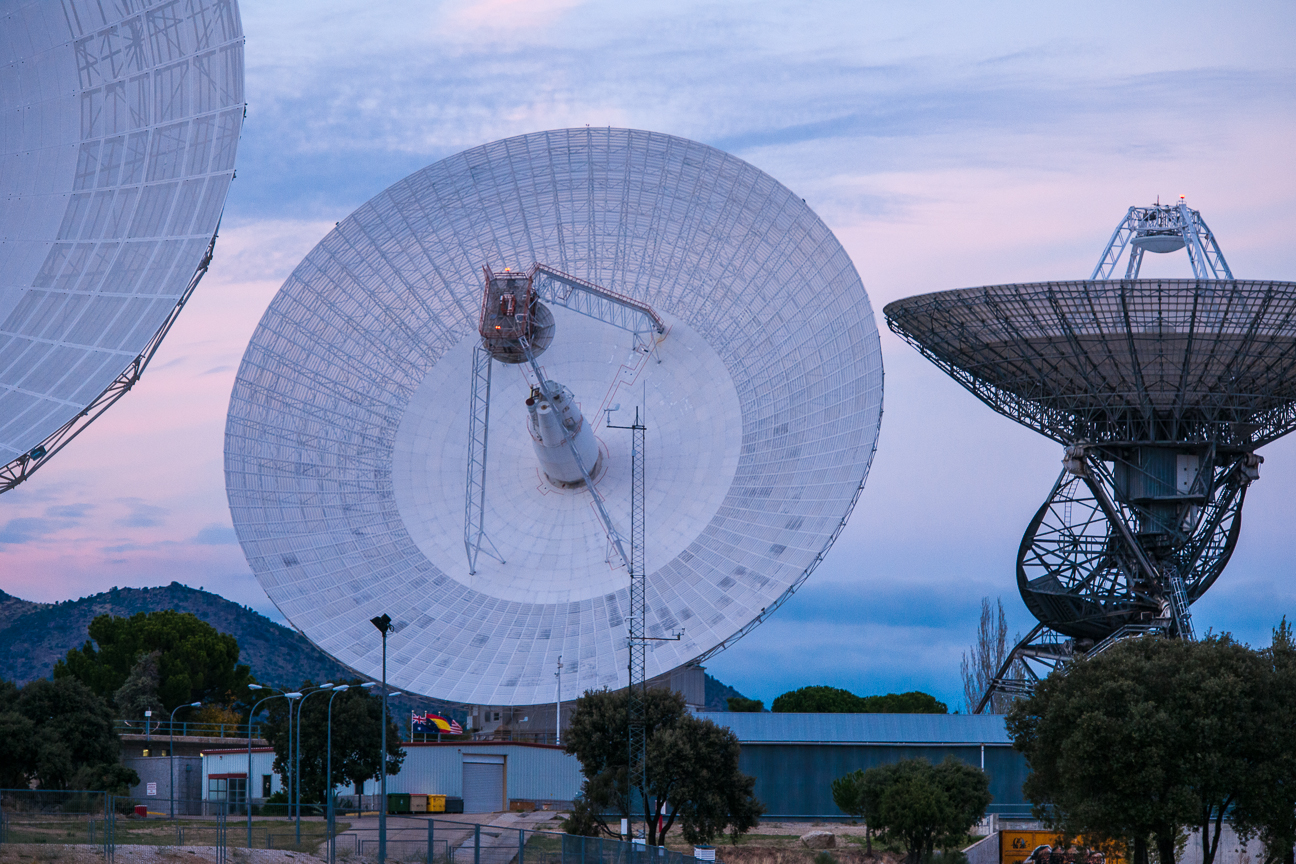NASA’s Space Communications and Navigation (SCaN) program sponsors various educational programs, projects, and travelling exhibits. Continue reading below to learn more about activities the public can visit or participate in.
Exhibits
Science on a Sphere
Developed by the National Oceanic and Atmospheric Administration (NOAA), the Science on a Sphere (SOS) is a spherical display that utilizes computers and video projectors to show planetary processes that are otherwise difficult to imagine on flat surfaces. SCaN supports and operates two Spheres which can be installed in temporary or permanent locations.
SCaN’s Science on a Spheres are currently on long-term loan at the following locations:
Lewis Center for Educational Research
Apple Valley, CA
Virginia Commonwealth University
Trani Center for Life Sciences
Richmond, VA
PufferSphere
Developed by Pufferfish LTD, the PufferSphere is a 360-degree multi-touch, interactive system that can display video, photos, motion graphics, text, and any other visual resources. SCaN currently operates two traveling PufferSpheres, one at NASA’s Glenn Research Center and one at NASA Headquarters, which support various conferences and outreach events across the country (and sometimes the world!)
Optical Communications Exhibit
This permanent exhibit at NASA’s Goddard Space Flight Center Visitor Center located in Greenbelt, Maryland, hosts four educational panels with visually dynamic screens highlighting space communications technology, including a sneak peek at next-generation technologies. The exhibit’s hands-on modules inform and excite students about the achievements and challenges of NASA’s space communications technologies.
Deep Space Network Visitor Centers
The Deep Space Network (DSN) consists of three facilities around the world. These sites are at Goldstone, near Barstow, California; near Madrid, Spain; and near Canberra, Australia. Each DSN facility houses a visitor center that is open to the public. Check out each of the facilities’ websites to learn more about availability, hours of operation, and any special requirements.
Canberra Deep Space Communications Complex (CDSCC)
Tidbinbilla, Australia (about an hour drive southwest of Canberra’s city center)
Goldstone Deep Space Communications Complex (GDSCC)
Guests may visit the GDSCC Visitor Center at the Harvey House in Barstow, California (about a two-hour drive northeast of Los Angeles’ city center)
Madrid Deep Space Communications Complex (MDSCC)
Robledo de Chavela, Spain (about an hour drive west of Madrid’s city center)
Student Programs
The Goldstone Apple Valley Radio Telescope (GAVRT) program teaches K-12 students how to calibrate a 34-meter antenna, collect and distribute science data through the internet, and get excited about radio astronomy. Students collaborate with scientists who are working on the same mission and are recognized as part of the science team. Data collected and analyzed by the students is used by NASA in their studies of the solar system.
Amateur Radio on the International Space Station (ARISS) partners with NASA SCaN to inspire youth around the world to pursue careers in science, technology, engineering and mathematics (STEM) through communication with the International Space Station on-orbit crew via amateur radio. ARISS provides an educational opportunity for students, teachers and the general public to learn about space exploration, space technologies, satellite communication, wireless technology and radio science.
The Proyecto Acadѐmico con el Radio Telescopio de NASA en Robledo (PARTNeR) program allows high school students, university students, and amateur astronomical associations from Spain to explore the universe using a reconfigured 34-meter antenna and share that data online.

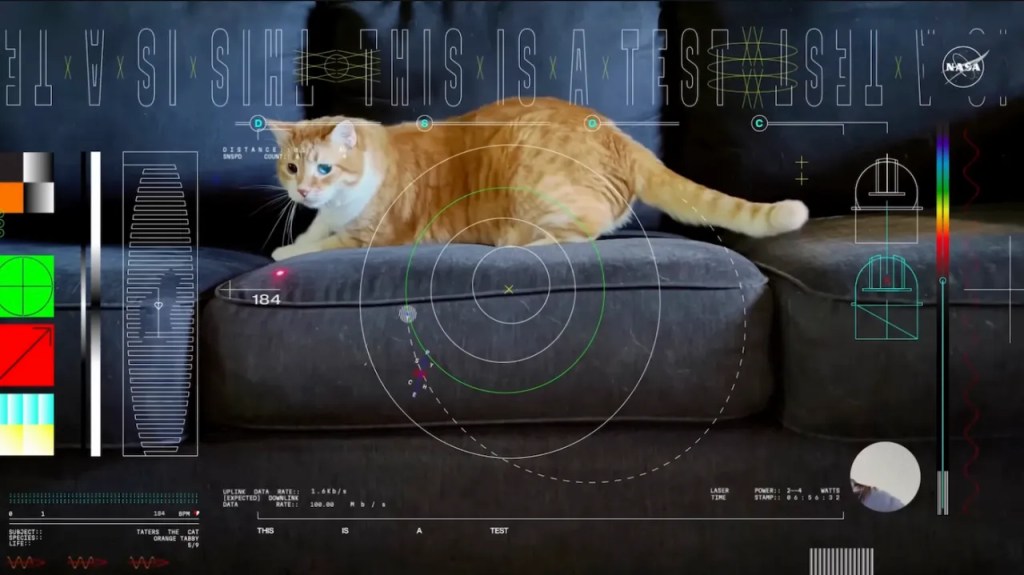
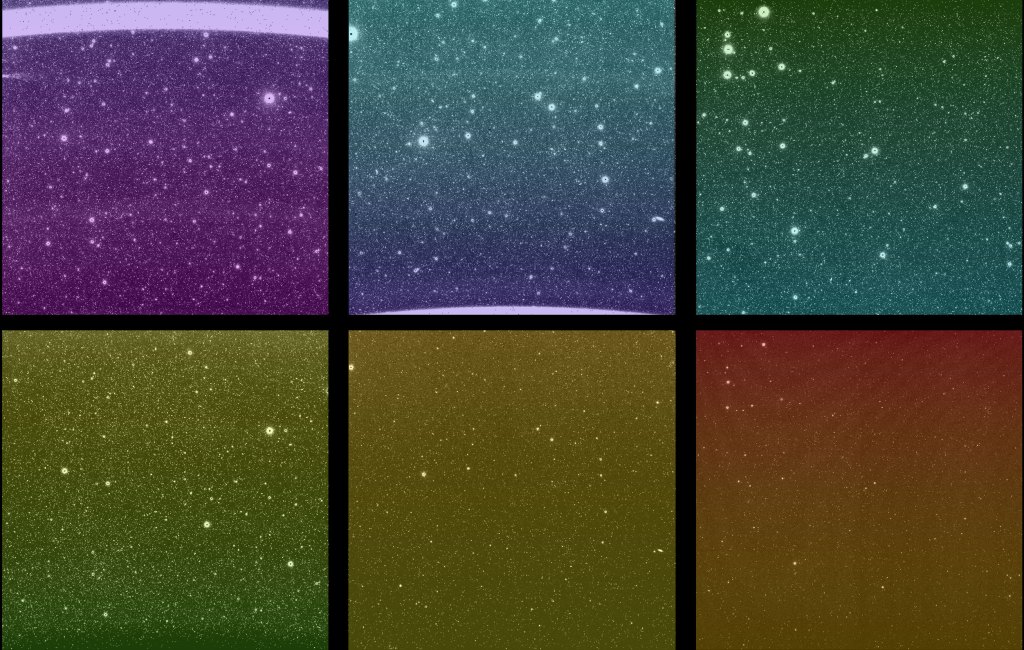


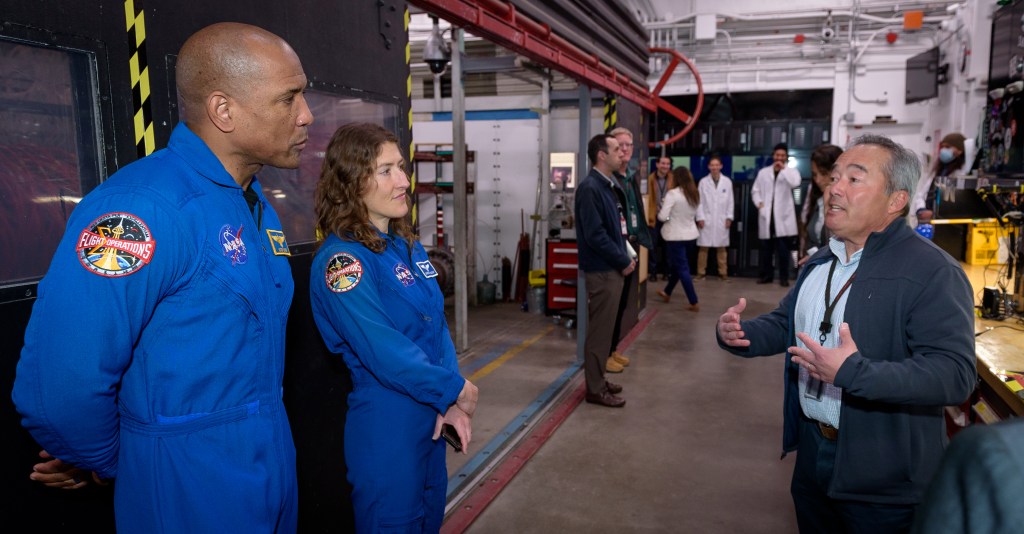












/quantum_physics_bose_einstein_condensate.jpg?w=1024)
